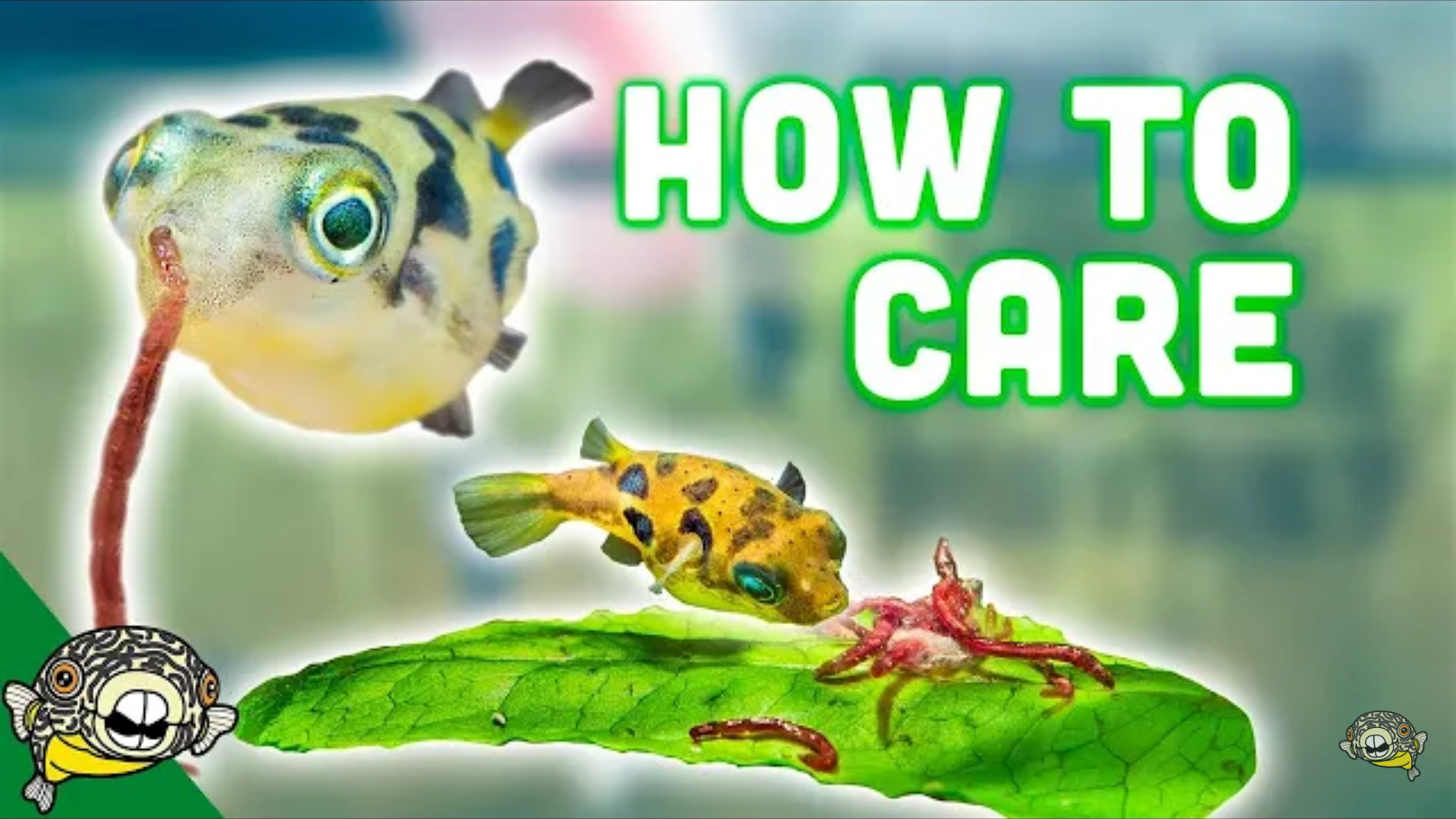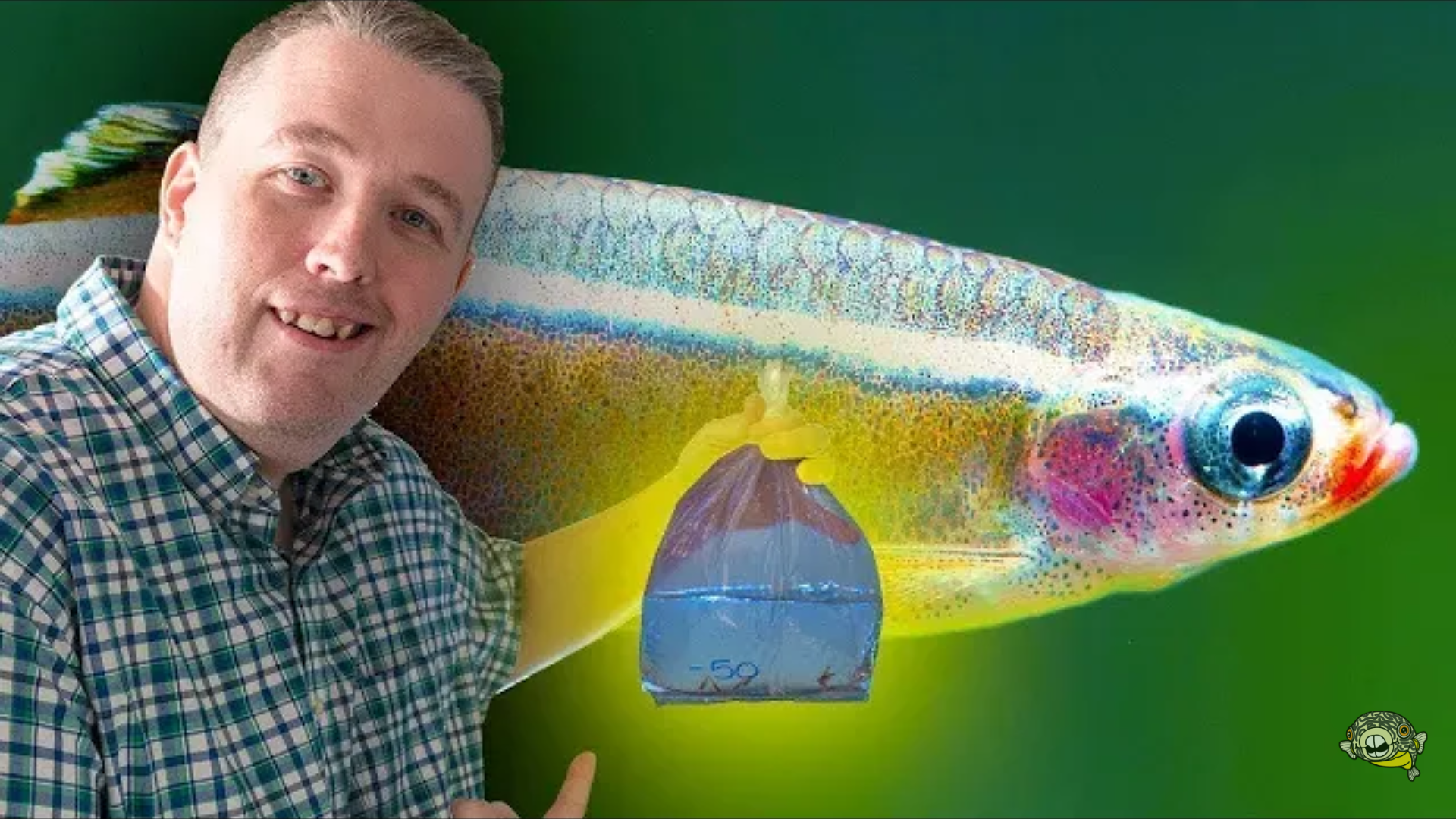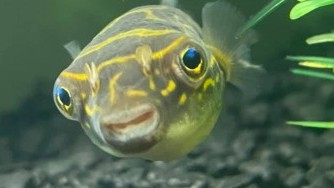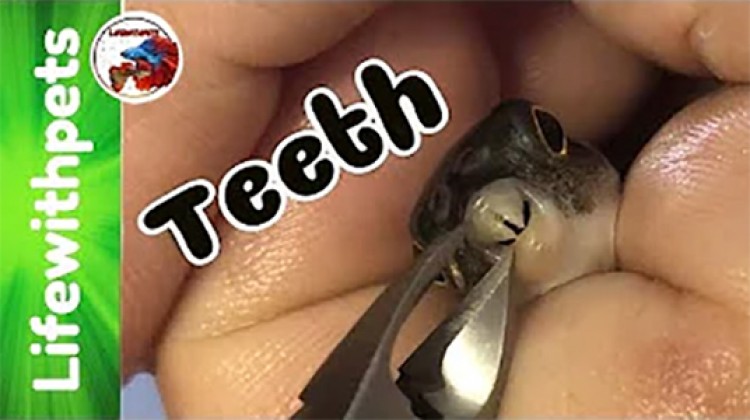- Name:
Amazon Puffer
(View AKA's) - Family: Tetraodontidae
- Species: Puffer
- Scientific Name: Colomesus asellus
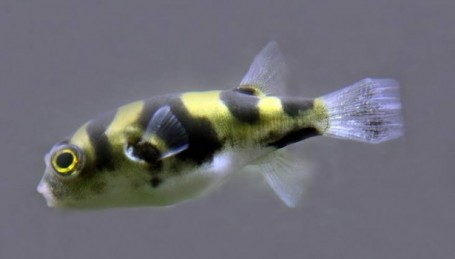

General info about Amazon Puffer
These fish got their name due to their ability of inflating themselves with either water or air, these ability serves as a defense mechanism because it makes it harder for predators to swallow them if they are large and balloon like. These fish have five stripes on their body and they can reach up to 3 inches. To keep these fish in captivity, water pH should be between 6.0 and 8.0 and water temperature should range from 71.5°F to 82.5°F The tank should have floating vegetation and open areas for swimming. They aren’t as aggressive as the other puffer fish however they still shouldn’t be housed in community aquariums since they are fin nippers, as such, they are best kept in a species only tank, they should be kept in groups of 6 or more.
Amazon Puffer Diet & Nutrition
This species is omnivorous. In the wild they feed on worms, plankton, fish and plants. In captivity they should be fed with live foods like crustaceans, shellfish, worms and plant material.
Common Diseases with Amazon Puffer
Puffers are very prone to ick.
Amazon Puffer Origin
This species is native to the Amazon basin in Brazil, Colombia, Peru and Ecuador.
Acclimating Amazon Puffer
The water in which these fish are packaged is different from the water in the tank, since these fish are extremely sensitive to water conditions the acclimation process is very important. This process should never be rushed. Aquarium lights should be off for at least the first 4 hours of the fish in the new tank and it should not be fed in the first 24h. There are two acclimation methods: Floating Method and the Drip Method.
Floating method - the aquarium lights should be off and lights in the room should be dim, the bag in which the fish is should be placed in the surface of the water to float for about 15 minutes, this allows the water in the bag to adjust to the water in the tank. The bag should then be cut under the knot and the top edge of the bag should be rolled down one inch, then ¼ cup of the aquarium water should be added to the bag, this step should be repeated every 4 minutes until the bag is full, then half the water of the bag should be discarded and the bag should be put to float again and ¼ cup of the aquarium water should be added to the bag every 4 minutes until the bag is full. Afterwards, the Discus can be moved into the aquarium.
Drip method – the aquarium lights should be off and lights in the room should be dim, the bag in which the fish is should be placed in the surface of the water to float for about 15 minutes, this allows the water in the bag to adjust to the water in the tank. The bag contents should be poured into a 1 gallon bucket that has never been cleaned with any chemicals, the fish should be enterally submerged. A siphon, using airline tubing, should be set up and a drip line should run from the main aquarium to the bucket. Several loose knots should be tied in the airline tubing to regulate flow. Sucking the end of the airline tube that goes to the bucket will begin a siphon, the flow should be regulated to 2 to 4 drips per second. Once the water in the buckets doubles, half should be discarded and the process should be repeated until it doubles again. Afterwards, the fish can be moved to the aquarium.
Amazon Puffer are Venomous
Their flesh is toxic and can cause poisoning and even mortality.
Original Detail
| Name | Species | Family | Scientific Name | More Detail | Added by |
|---|---|---|---|---|---|
| Amazon Puffer | Puffer | Tetraodontidae | Colomesus asellus | These fish got their name due to their ability of inflating themselves with either water or air, these ability serves as a defense mechanism because it makes it harder for predators to swallow them if they are large and balloon like. These fish have five stripes on their body and they can reach up to 3 inches. To keep these fish in captivity, water pH should be between 6.0 and 8.0 and water temperature should range from 71.5°F to 82.5°F The tank should have floating vegetation and open areas for swimming. They aren’t as aggressive as the other puffer fish however they still shouldn’t be housed in community aquariums since they are fin nippers, as such, they are best kept in a species only tank, they should be kept in groups of 6 or more. |
Gokhan MERMERTAS |
Changed by users
| Submitted Date | Submitted By | Status | Action |
|---|


